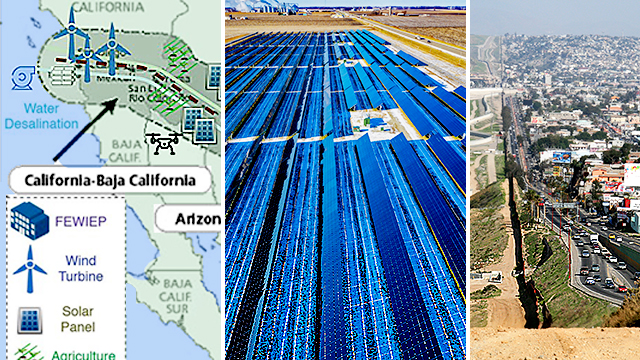Border wall debates have raged between political parties and the media in the United States for years. Many Americans are divided over the issue of the U.S.-Mexico border. Yet the heated controversy has generated some innovative solutions from the scientific community. Could science really hold the key to bringing the two sides together (three, including Mexico) while at the same time providing clean sources of energy for all?
There are at least two dozen scientists from universities across the United States who think so, but wait until you hear the solution they’ve dreamt up. Imagine a 2,000-mile-long alternative energy industrial park, 62 miles wide, from sea to shining sea along the U.S. southern border.
The potential envisioned for everything from the economy to fresh water solutions to an abundance of clean energy and, yes, border security present an opportunity worth considering.

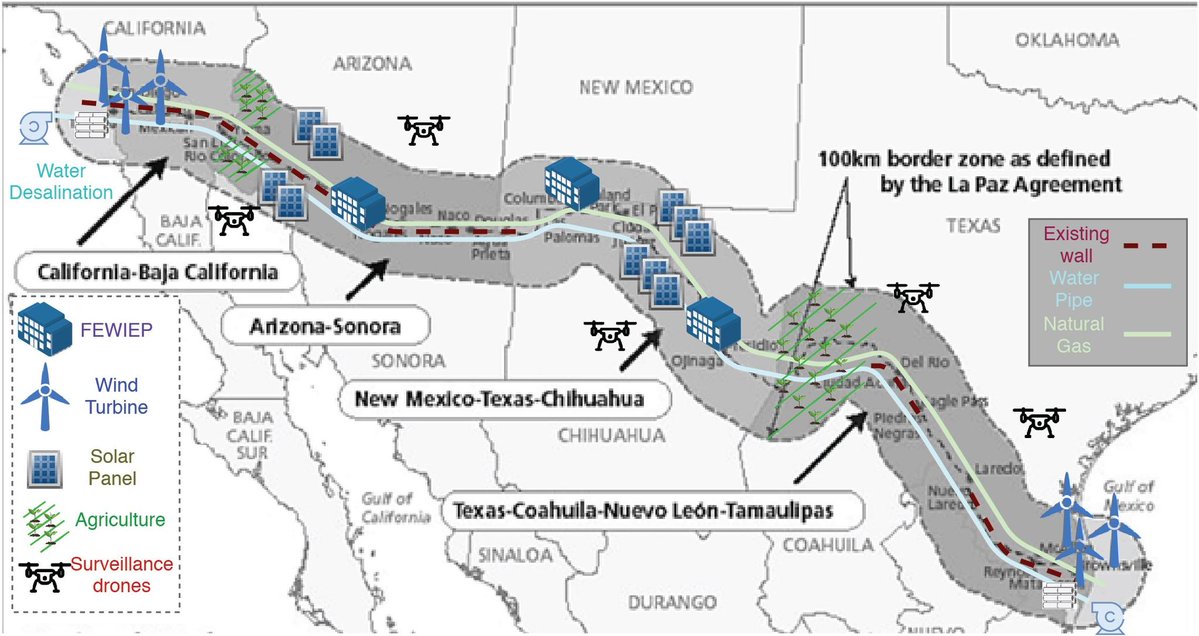
“Given that most of the southern border lies in arid or semi-arid regions having high solar irradiation and wind, an energy park along the border is both feasible and desirable,” reads a statement by the Future Energy, Water, Industry and Education Park (FEWIEP), the name of the proposed mega project.
Solar installations at various points across Arizona, Texas, New Mexico, and south of the border would accompany wind turbines stationed near both coasts. “[A]reas of strong winds exist in the Gulf and Baja California regions, which are ideal for wind farms,” the report explains.
Energy produced via wind turbines can be used to power water desalinization plants to provide valuable fresh water to drought-affected areas that have been living beyond their means in terms of ground water use.
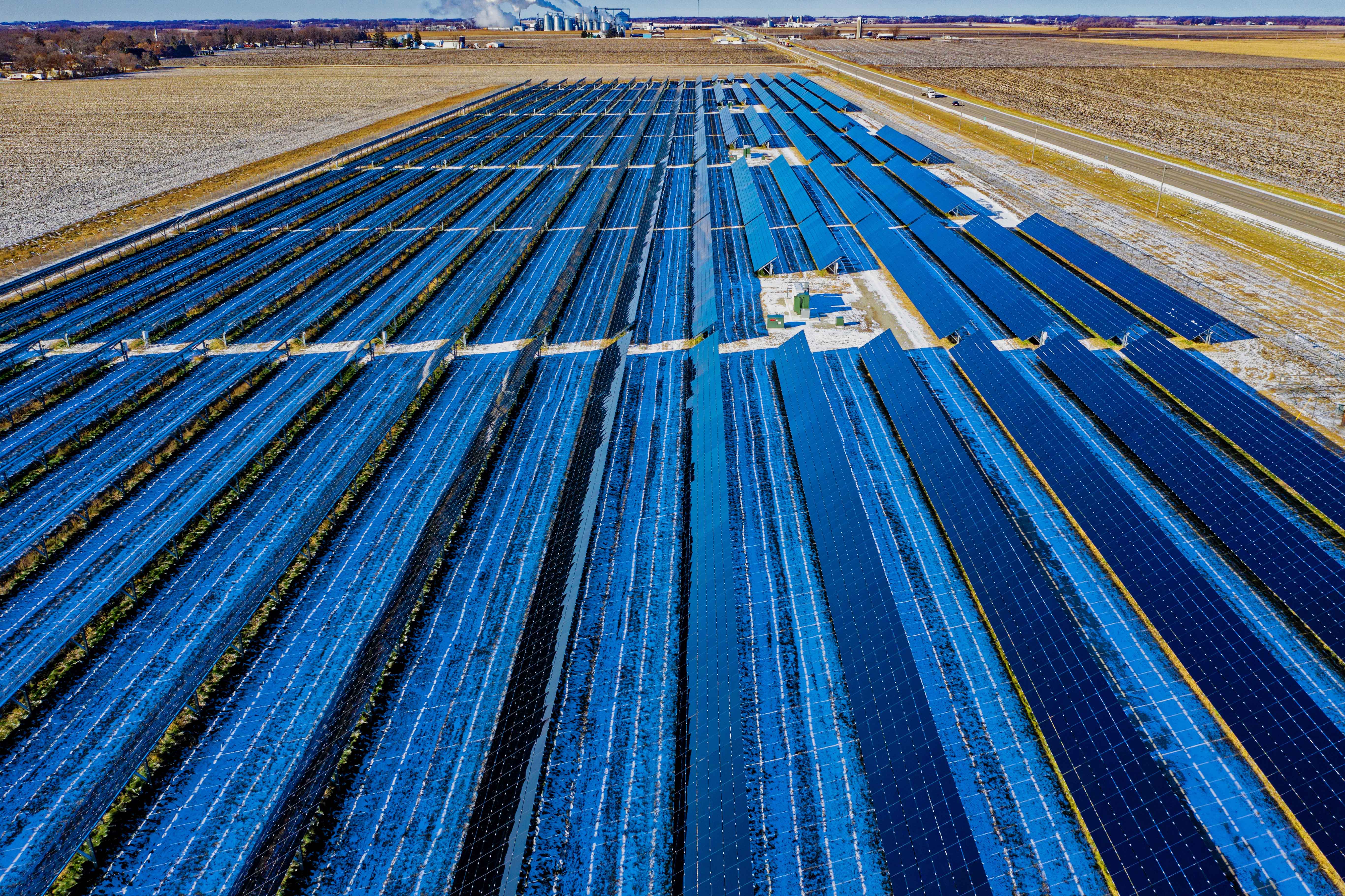
They estimate that “wind power in the Gulf Coast and Baja California to operate reverse osmosis plants may provide 2.3 million acre-feet of water per year […] enough to satisfy the water needs for all of Texas’ manufacturing, mining, livestock, and other power needs.” Which could literally cause the desert to bloom, potentially.
Reduced tax zone incentives across the 62-mile strip could bring in massive amounts of business from solar energy innovators like Tesla and others. This subsidy cost could be recouped through selling energy or through taxes. An incentivized project of this size could greatly enhance and accelerate the local economy, and create a huge number of jobs—on both sides of the border. More high-paying salaries are also likely to mean increased average quality of life for locals.
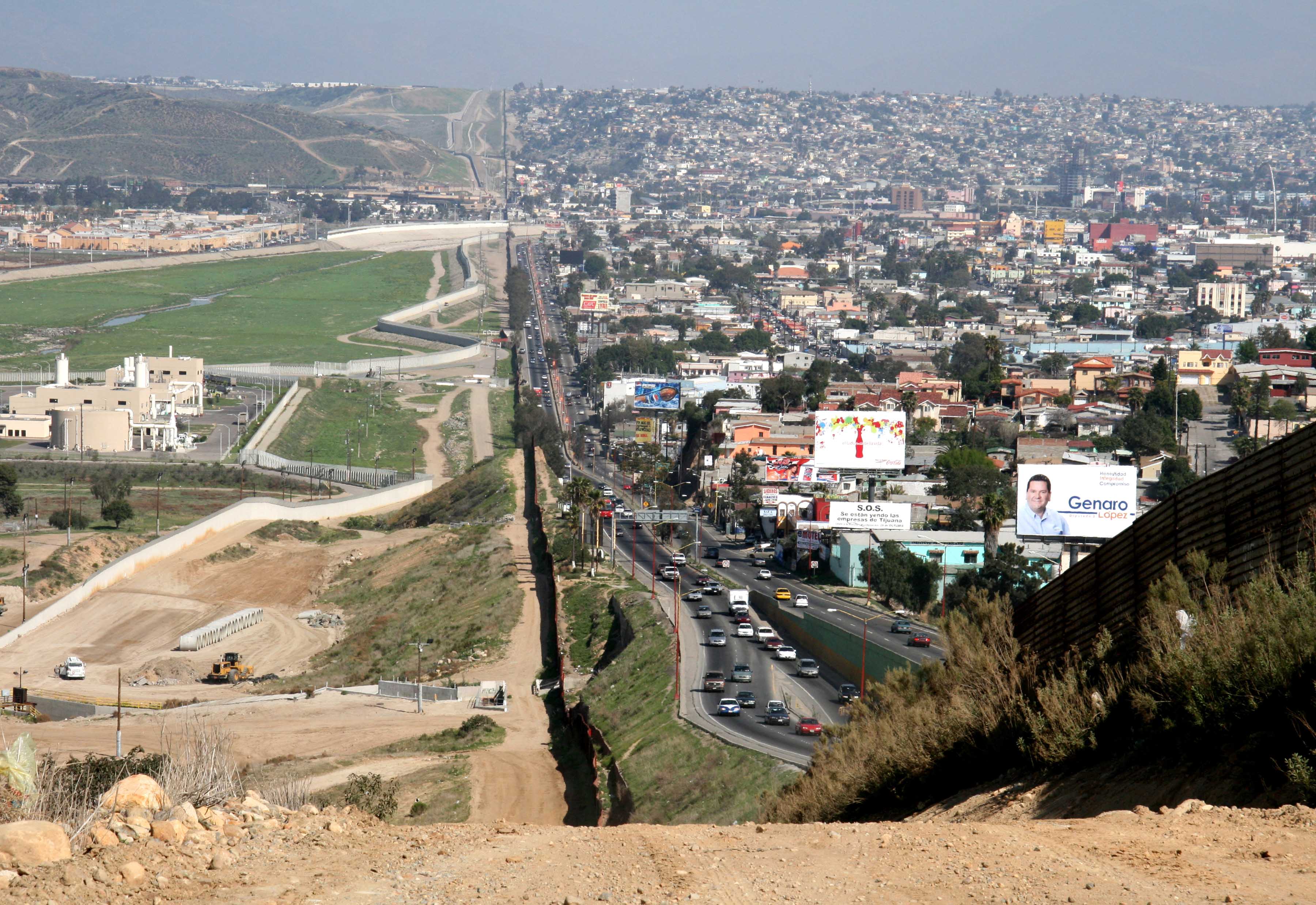
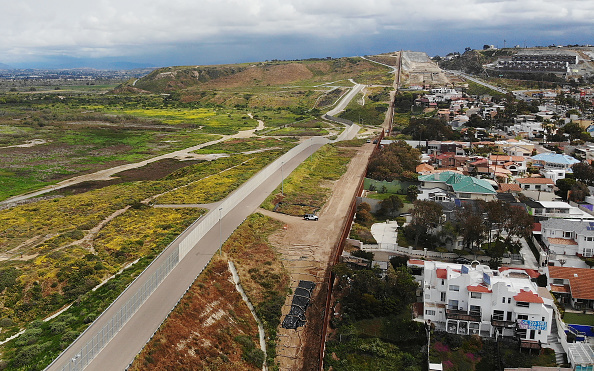
In terms of security, the heavily protected area would serve a dual purpose. “The proposed energy infrastructure can be incorporated into and be an integral part of a border security installation, such as a wall or a fence,” states the report. “This technological buffer can in turn also help to protect the energy infrastructure and prevent illegal immigration across the border.”
At the same time, as parties on both sides of the aisle are starting to see eye to eye on border security, a project like this could tether the far extremes of the “Green New Deal” with staunch nationalists on the right. It could be just the kind of unifier to seal the deal for all parties, left and right, north and south.

